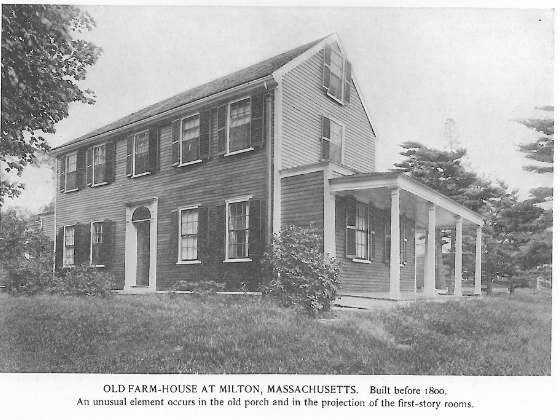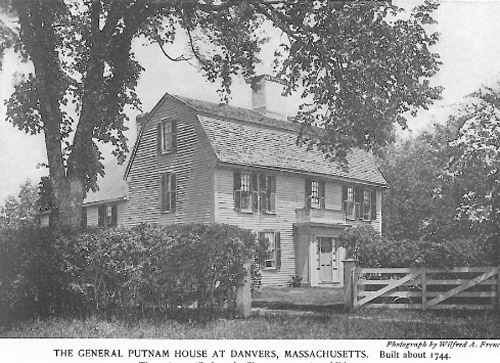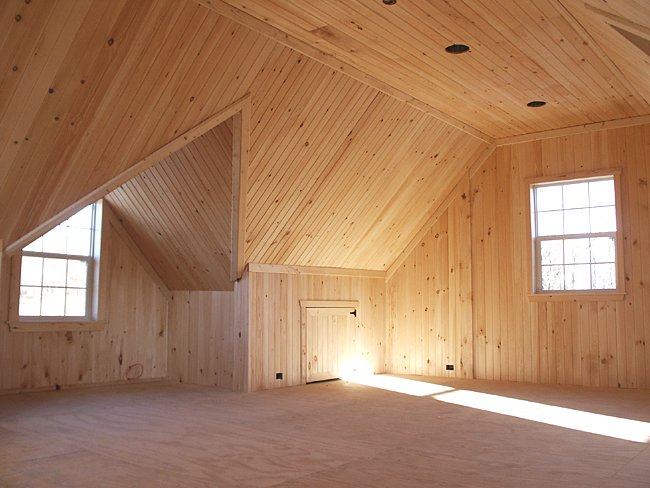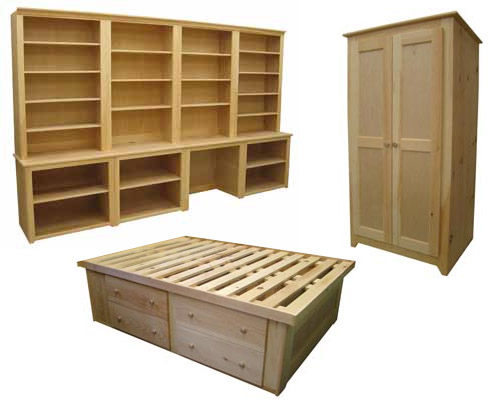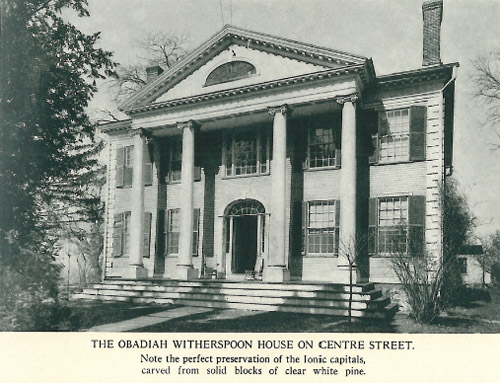
From the King’s Broad Arrow to a restaurant in Portsmouth, New Hampshire: Eastern White Pine trees have long been utilized for ship masts and bowsprits, and now a sculptor has created a fine modern-day example of the latter.
Architect Steve McHenry recently completed “Sandy Debris,” a masthead depicting a woman with her hand over her heart, for the exterior brick wall of Martingale Wharf restaurant at 99 Bow St. Weighing 500 pounds, the 9-foot figurehead is a tribute to the building’s namesake, an 1800s sailing ship that was blown into the building during a storm, according to local lore.
“We duplicated the history with the maiden, like what would have been on the ship,” says business owner Mark McNabb, who commissioned the sculpture.

The masthead isn’t an official project of Steve McHenry’s architecture firm. It’s a passion project he worked on in his spare time. In the 1970s, he made his living as a wood carver, and now those skills have come in handy. McHenry glued together 2-inch-thick white pine boards to create a large block of wood, and improvised carving tools from what he had on hand. It took him about a year to finish the sculpture, which gets its nickname from all the sanding required in the process.
The bowsprit represents a fun callback to one of the most famous stories in Eastern White Pine history. Tallest of the pine species in North America, Eastern White Pine was especially prized for shipmaking because it’s light, strong, decay-resistant and abundant. “Masting” became New England’s first major industry and Eastern White Pine was in high demand, especially by Great Britain.
Read more about The King’s Broad Arrow and Eastern White Pine
You can see more photos of the sculpture at SeaCoastOnline.com.

